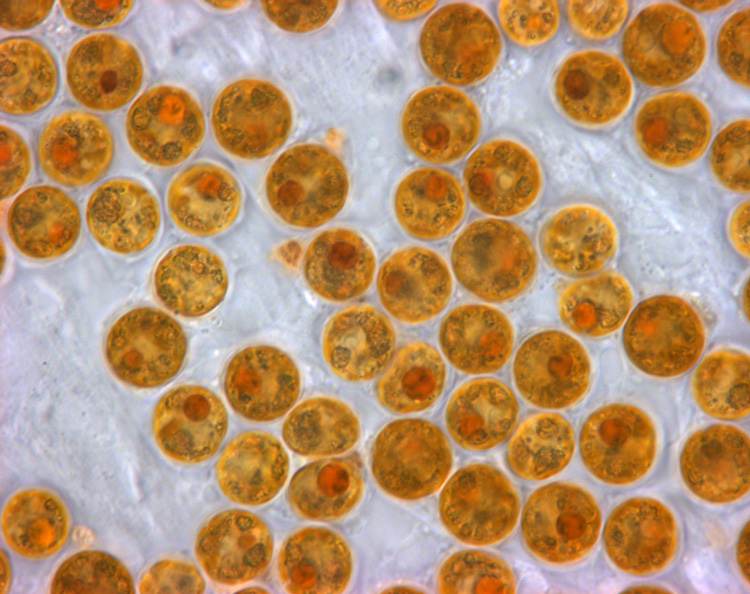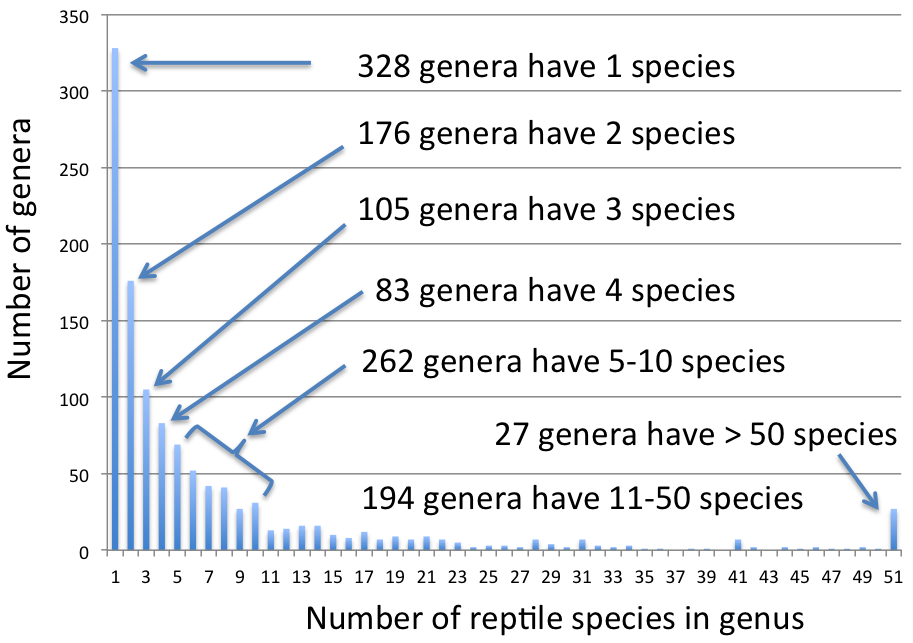|
Schizocyathidae
Schizocyathidae is a family of stony corals. There are currently three genera included in this family and each of them is monotypic. Members of the family are azooxanthellate, deep water species. Genera The World Register of Marine Species includes the following genera Genus ( plural genera ) is a taxonomic rank used in the biological classification of living and fossil organisms as well as viruses. In the hierarchy of biological classification, genus comes above species and below family. In binomial nomenclat ... in the family: *Genus '' Pourtalocyathus'' Cairns, 1979 **Species '' Pourtalocyathus hispidus'' (Pourtalès, 1878) *Genus '' Schizocyathus'' Pourtalès, 1874 **Species '' Schizocyathus fissilis'' Pourtalès, 1874 *Genus '' Temnotrochus'' Cairns, 1995 **Species '' Temnotrochus kermadecensis'' Cairns, 1995 References Scleractinia Cnidarian families {{scleractinia-stub ... [...More Info...] [...Related Items...] OR: [Wikipedia] [Google] [Baidu] |
Schizocyathidae
Schizocyathidae is a family of stony corals. There are currently three genera included in this family and each of them is monotypic. Members of the family are azooxanthellate, deep water species. Genera The World Register of Marine Species includes the following genera Genus ( plural genera ) is a taxonomic rank used in the biological classification of living and fossil organisms as well as viruses. In the hierarchy of biological classification, genus comes above species and below family. In binomial nomenclat ... in the family: *Genus '' Pourtalocyathus'' Cairns, 1979 **Species '' Pourtalocyathus hispidus'' (Pourtalès, 1878) *Genus '' Schizocyathus'' Pourtalès, 1874 **Species '' Schizocyathus fissilis'' Pourtalès, 1874 *Genus '' Temnotrochus'' Cairns, 1995 **Species '' Temnotrochus kermadecensis'' Cairns, 1995 References Scleractinia Cnidarian families {{scleractinia-stub ... [...More Info...] [...Related Items...] OR: [Wikipedia] [Google] [Baidu] |
Schizocyathus
''Schizocyathus'' is a monotypic genus of stony corals in the family Schizocyathidae, the only species being ''Schizocyathus fissilis''. It is a deep water, azooxanthellate coral. Description ''Schizocyathus fissilis'' is a solitary species of stony coral. The single corallite can grow to a height of and a diameter of . It is often horn-shaped. The septa are arranged in groups of six in three cycles. There are sometimes palliform lobes on the inner margins of the septa but the columella is weakly developed. Distribution ''Schizocyathus fissilis'' is found in the Atlantic Ocean and the Caribbean Sea. Its range includes the coast of Florida, the Gulf of Mexico, Bermuda, Antilles and Brazil, and in the eastern Atlantic, the Azores, Portugal and Morocco. Its depth range is . Biology ''Schizocyathus fissilis'' is an azooxanthellate coral which does not harbour symbiotic zooxanthellae in its tissues. It feeds by extending its tentacles to catch plankton and by absorbing organic ma ... [...More Info...] [...Related Items...] OR: [Wikipedia] [Google] [Baidu] |
Schizocyathus Fissilis
''Schizocyathus'' is a monotypic genus of stony corals in the family Schizocyathidae, the only species being ''Schizocyathus fissilis''. It is a deep water, azooxanthellate coral. Description ''Schizocyathus fissilis'' is a solitary species of stony coral. The single corallite can grow to a height of and a diameter of . It is often horn-shaped. The septa are arranged in groups of six in three cycles. There are sometimes palliform lobes on the inner margins of the septa but the columella is weakly developed. Distribution ''Schizocyathus fissilis'' is found in the Atlantic Ocean and the Caribbean Sea. Its range includes the coast of Florida, the Gulf of Mexico, Bermuda, Antilles and Brazil, and in the eastern Atlantic, the Azores, Portugal and Morocco. Its depth range is . Biology ''Schizocyathus fissilis'' is an azooxanthellate coral which does not harbour symbiotic zooxanthellae in its tissues. It feeds by extending its tentacles to catch plankton and by absorbing organic ma ... [...More Info...] [...Related Items...] OR: [Wikipedia] [Google] [Baidu] |
Scleractinia
Scleractinia, also called stony corals or hard corals, are marine animals in the phylum Cnidaria that build themselves a hard skeleton. The individual animals are known as polyp (zoology), polyps and have a cylindrical body crowned by an oral disc in which a mouth is fringed with tentacles. Although some species are solitary, most are Colony (biology), colonial. The founding polyp settles and starts to secrete calcium carbonate to protect its soft body. Solitary corals can be as much as across but in colonial species the polyps are usually only a few millimetres in diameter. These polyps reproduce asexually by budding, but remain attached to each other, forming a multi-polyp colony of cloning, clones with a common skeleton, which may be up to several metres in diameter or height according to species. The shape and appearance of each coral colony depends not only on the species, but also on its location, depth, the amount of water movement and other factors. Many shallow-water co ... [...More Info...] [...Related Items...] OR: [Wikipedia] [Google] [Baidu] |
Genus
Genus ( plural genera ) is a taxonomic rank used in the biological classification of extant taxon, living and fossil organisms as well as Virus classification#ICTV classification, viruses. In the hierarchy of biological classification, genus comes above species and below family (taxonomy), family. In binomial nomenclature, the genus name forms the first part of the binomial species name for each species within the genus. :E.g. ''Panthera leo'' (lion) and ''Panthera onca'' (jaguar) are two species within the genus ''Panthera''. ''Panthera'' is a genus within the family Felidae. The composition of a genus is determined by taxonomy (biology), taxonomists. The standards for genus classification are not strictly codified, so different authorities often produce different classifications for genera. There are some general practices used, however, including the idea that a newly defined genus should fulfill these three criteria to be descriptively useful: # monophyly – all descendants ... [...More Info...] [...Related Items...] OR: [Wikipedia] [Google] [Baidu] |
Family (biology)
Family ( la, familia, plural ') is one of the eight major hierarchical taxonomic ranks in Linnaean taxonomy. It is classified between order and genus. A family may be divided into subfamilies, which are intermediate ranks between the ranks of family and genus. The official family names are Latin in origin; however, popular names are often used: for example, walnut trees and hickory trees belong to the family Juglandaceae, but that family is commonly referred to as the "walnut family". What belongs to a family—or if a described family should be recognized at all—are proposed and determined by practicing taxonomists. There are no hard rules for describing or recognizing a family, but in plants, they can be characterized on the basis of both vegetative and reproductive features of plant species. Taxonomists often take different positions about descriptions, and there may be no broad consensus across the scientific community for some time. The publishing of new data and opini ... [...More Info...] [...Related Items...] OR: [Wikipedia] [Google] [Baidu] |
Monotypic Taxon
In biology, a monotypic taxon is a taxonomic group (taxon) that contains only one immediately subordinate taxon. A monotypic species is one that does not include subspecies or smaller, infraspecific taxa. In the case of genera, the term "unispecific" or "monospecific" is sometimes preferred. In botanical nomenclature, a monotypic genus is a genus in the special case where a genus and a single species are simultaneously described. In contrast, an oligotypic taxon contains more than one but only a very few subordinate taxa. Examples Just as the term ''monotypic'' is used to describe a taxon including only one subdivision, the contained taxon can also be referred to as monotypic within the higher-level taxon, e.g. a genus monotypic within a family. Some examples of monotypic groups are: Plants * In the order Amborellales, there is only one family, Amborellaceae and there is only one genus, '' Amborella'', and in this genus there is only one species, namely ''Amborella trichopoda ... [...More Info...] [...Related Items...] OR: [Wikipedia] [Google] [Baidu] |
Zooxanthellae
Zooxanthellae is a colloquial term for single-celled dinoflagellates that are able to live in symbiosis with diverse marine invertebrates including demosponges, corals, jellyfish, and nudibranchs. Most known zooxanthellae are in the genus ''Symbiodinium'', but some are known from the genus '' Amphidinium'', and other taxa, as yet unidentified, may have similar endosymbiont affinities. The true ''Zooxanthella'' K.brandt is a mutualist of the radiolarian ''Collozoum inerme'' (Joh.Müll., 1856) and systematically placed in Peridiniales. Another group of unicellular eukaryotes that partake in similar endosymbiotic relationships in both marine and freshwater habitats are green algae zoochlorellae. Zooxanthellae are photosynthetic organisms, which contain chlorophyll a and chlorophyll c, as well as the dinoflagellate pigments peridinin and diadinoxanthin. These provide the yellowish and brownish colours typical of many of the host species. During the day, they provide their host ... [...More Info...] [...Related Items...] OR: [Wikipedia] [Google] [Baidu] |
Genus
Genus ( plural genera ) is a taxonomic rank used in the biological classification of extant taxon, living and fossil organisms as well as Virus classification#ICTV classification, viruses. In the hierarchy of biological classification, genus comes above species and below family (taxonomy), family. In binomial nomenclature, the genus name forms the first part of the binomial species name for each species within the genus. :E.g. ''Panthera leo'' (lion) and ''Panthera onca'' (jaguar) are two species within the genus ''Panthera''. ''Panthera'' is a genus within the family Felidae. The composition of a genus is determined by taxonomy (biology), taxonomists. The standards for genus classification are not strictly codified, so different authorities often produce different classifications for genera. There are some general practices used, however, including the idea that a newly defined genus should fulfill these three criteria to be descriptively useful: # monophyly – all descendants ... [...More Info...] [...Related Items...] OR: [Wikipedia] [Google] [Baidu] |



